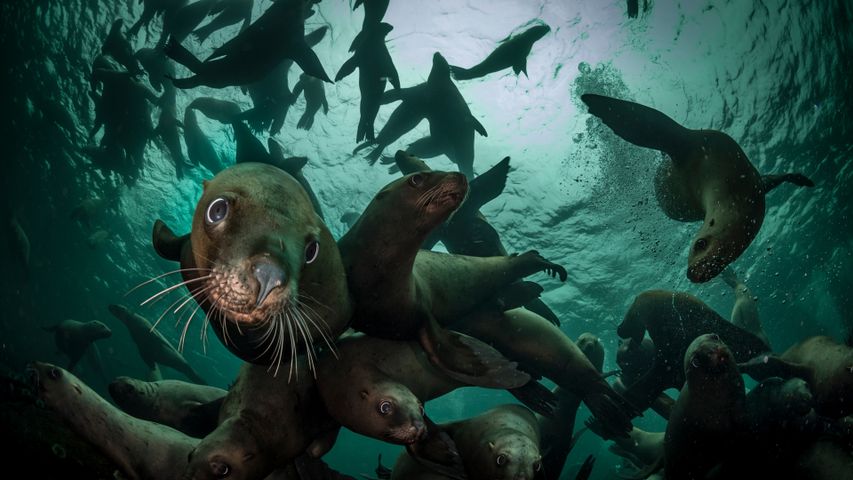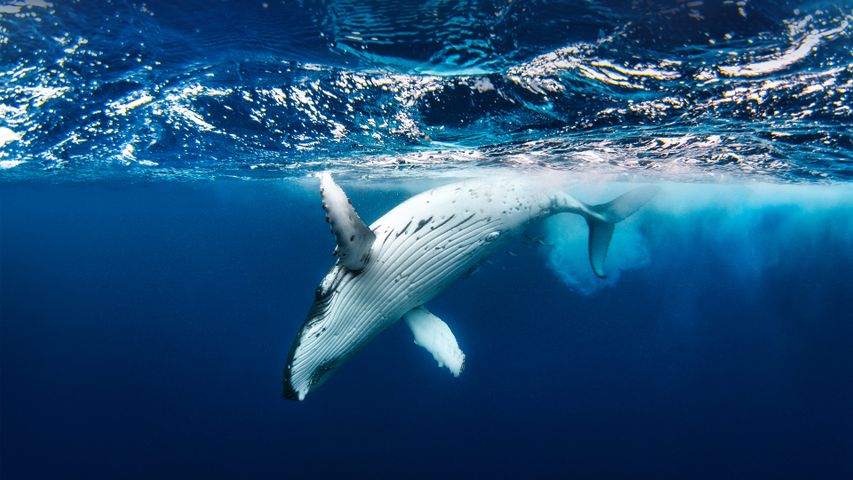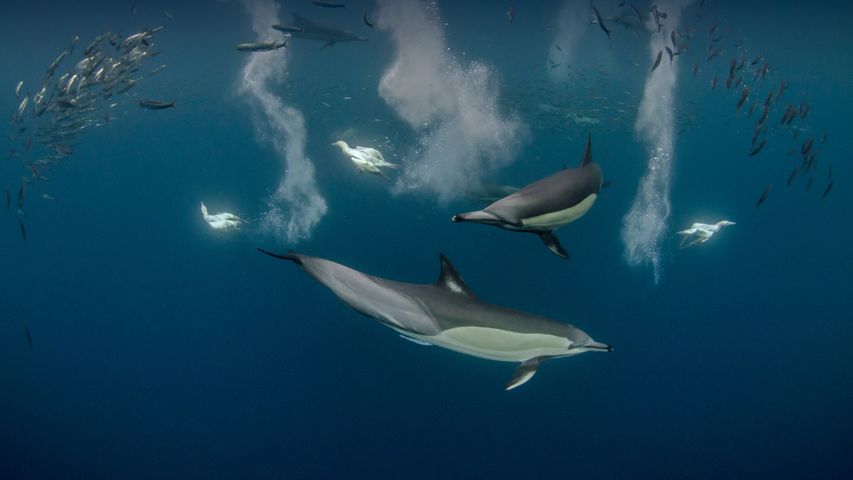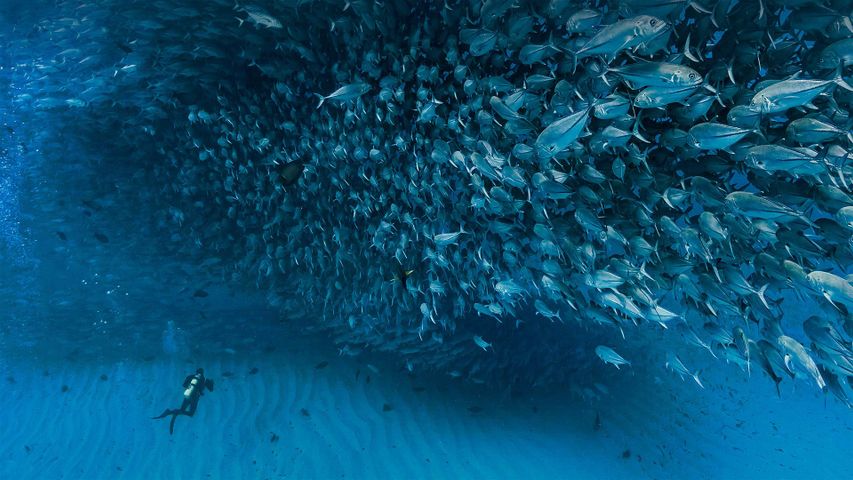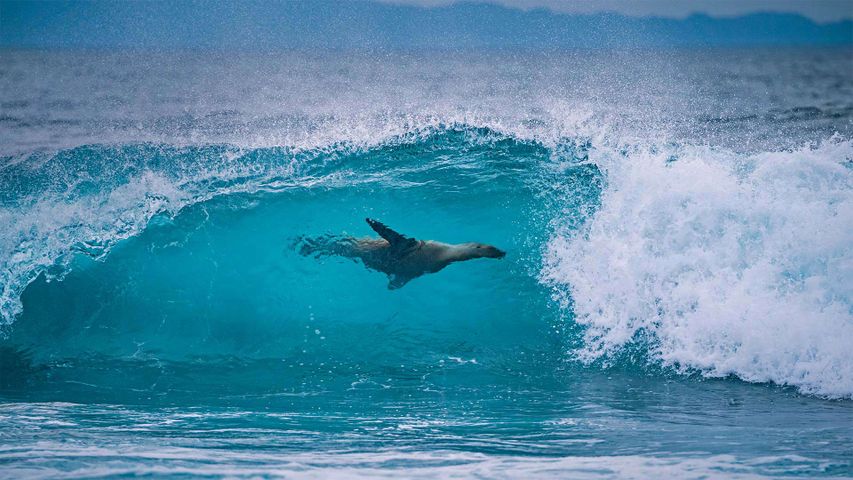Humpback whale in Cierva Cove, Antarctica
© Robert Harding World Imagery/Offset
Humpback whale in Cierva Cove, Antarctica
An adult humpback whale is roughly the size of a standard school bus. The tail fin, called a fluke, can be as wide as 18 feet. Most of the time, surfacing humpbacks crest above the water simply to take a breath—they are mammals and can’t breathe underwater, so they emerge to breathe deeply through their blow holes before diving again. But from time to time, humpbacks breach. That is, they propel themselves almost entirely out of the water and belly-flop back in. Scientists still aren’t sure exactly why humpbacks do this. It could be a hunting method, a way to clean themselves, or (our favorite hypothesis) simply for the fun of it.
And let’s join this humpback in celebrating World Oceans Day today, by paying respect to the 70 percent of the Earth’s surface that isn’t dry land. If the oceans are healthy, so are we.
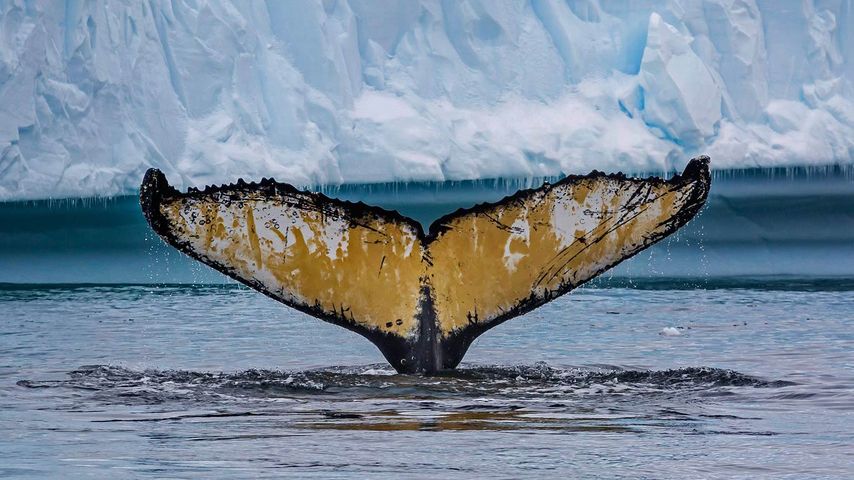
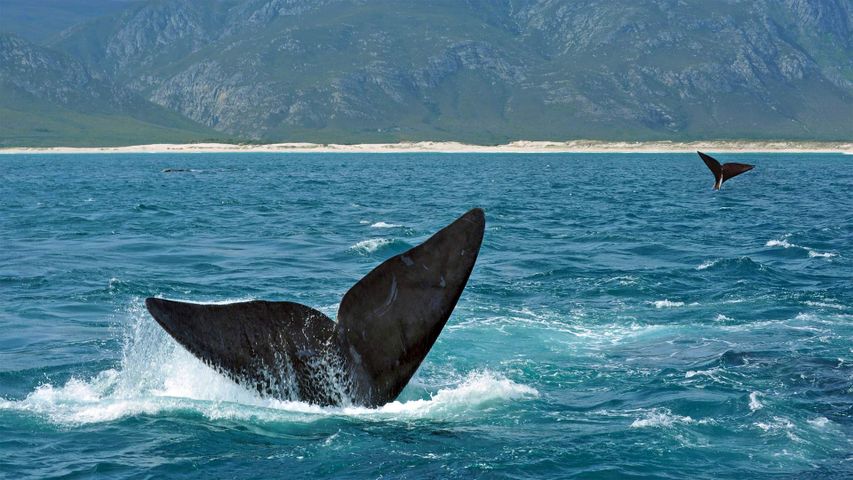 Southern right whales off the coast of South Africa. The Hermanus Whale Festival starts today.
Southern right whales off the coast of South Africa. The Hermanus Whale Festival starts today.
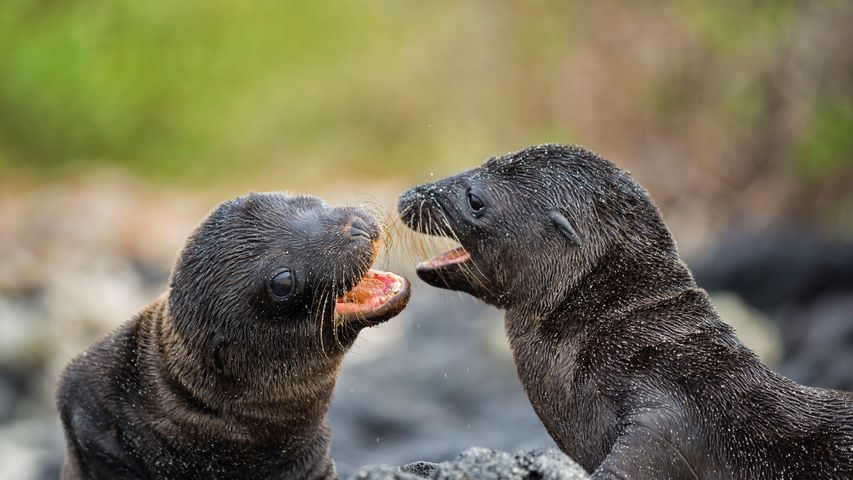 Galápagos sea lion pups on Santiago Island, Ecuador
Galápagos sea lion pups on Santiago Island, Ecuador
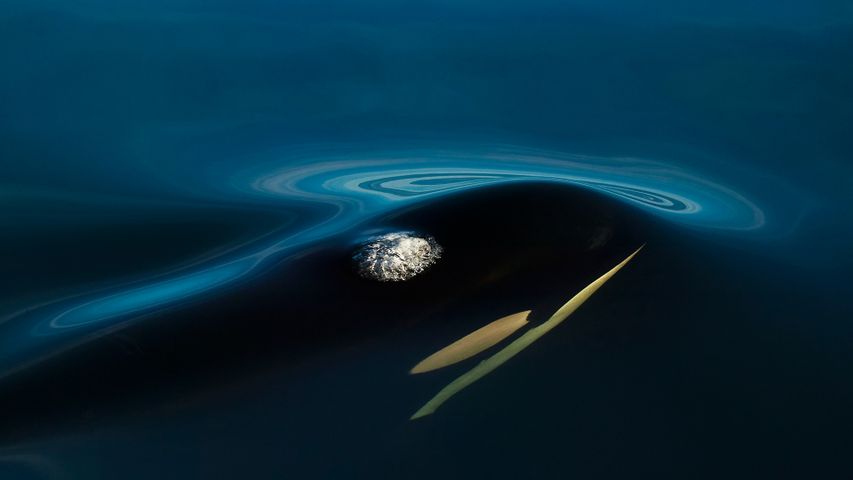 Killer Whale (Orcinus orca) off Northern Vancouver Island, B.C.
Killer Whale (Orcinus orca) off Northern Vancouver Island, B.C.
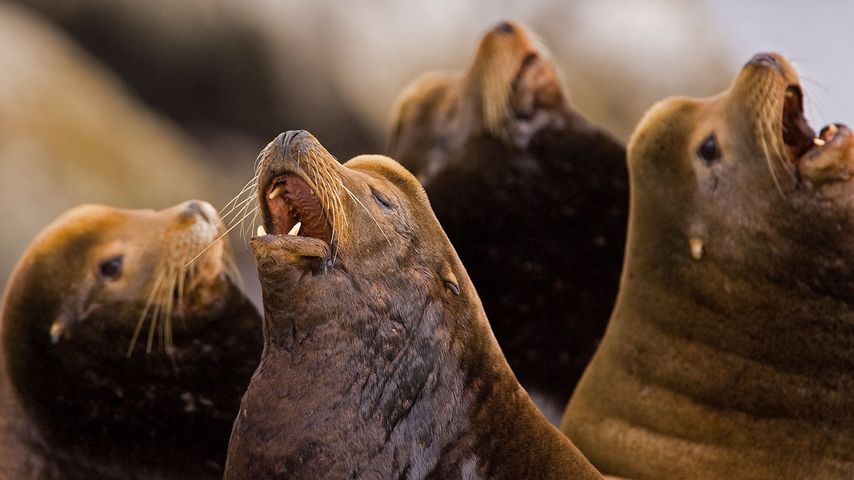 A group of California Sea Lion (Zalophus californianus) raising their heads and barking Barkley Sound, Vancouver Island
A group of California Sea Lion (Zalophus californianus) raising their heads and barking Barkley Sound, Vancouver Island
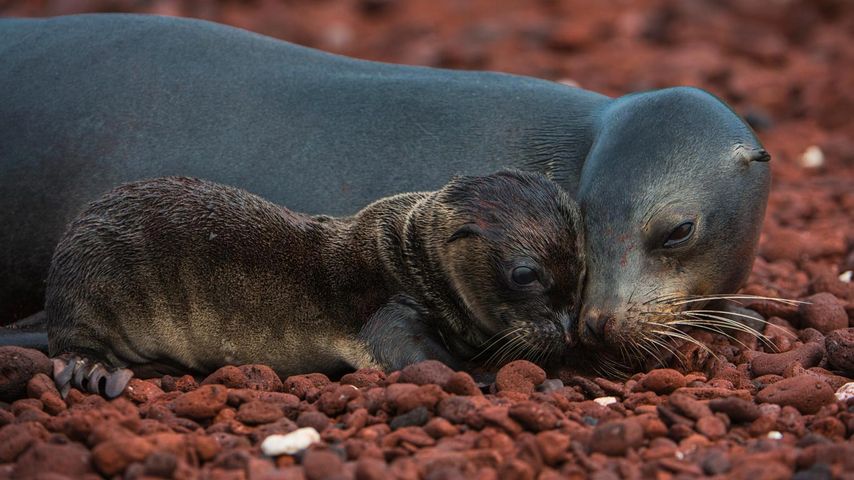 Galápagos sea lion and pup, Rábida Island, Galápagos Islands, Ecuador
Galápagos sea lion and pup, Rábida Island, Galápagos Islands, Ecuador
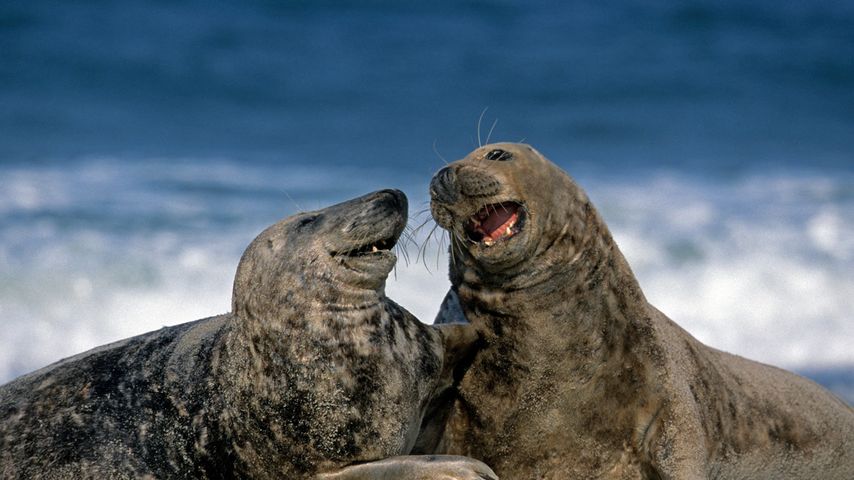 Grey seals at Heligoland, Germany
Grey seals at Heligoland, Germany
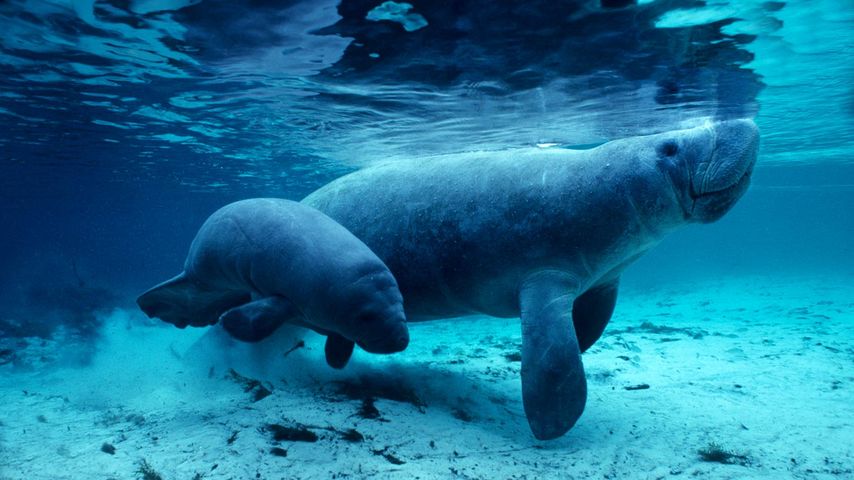 West Indian manatees in the Crystal River, Florida, USA
West Indian manatees in the Crystal River, Florida, USA
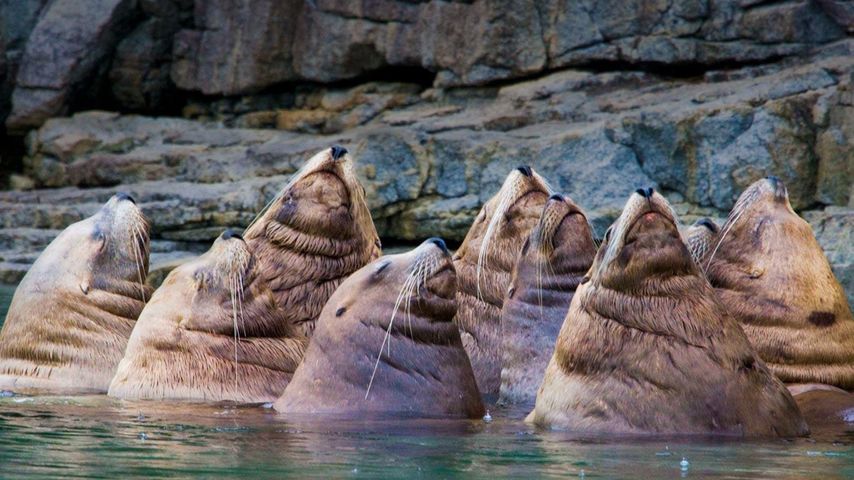 Stellar sea lion convention in British Columbia, Canada
Stellar sea lion convention in British Columbia, Canada
